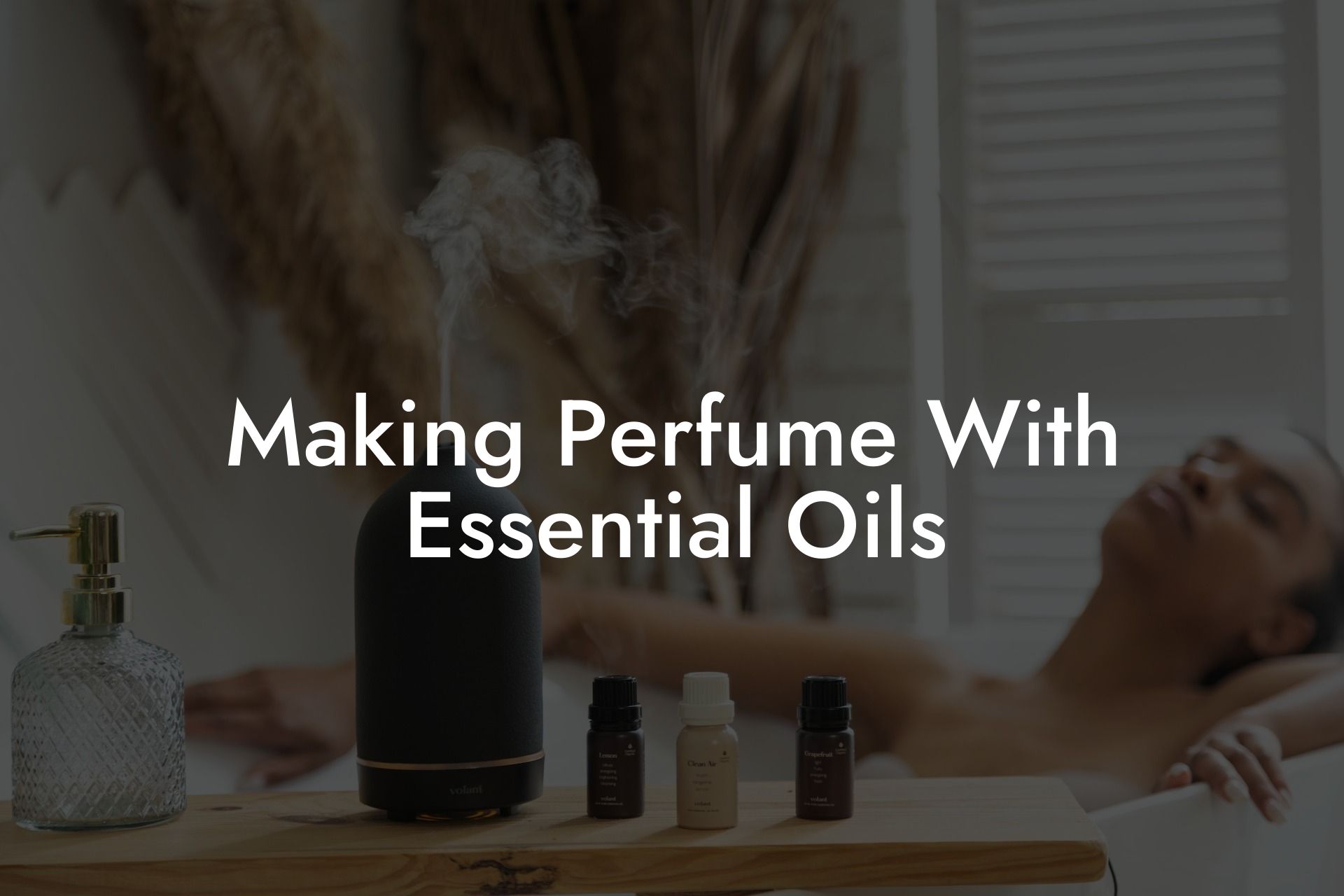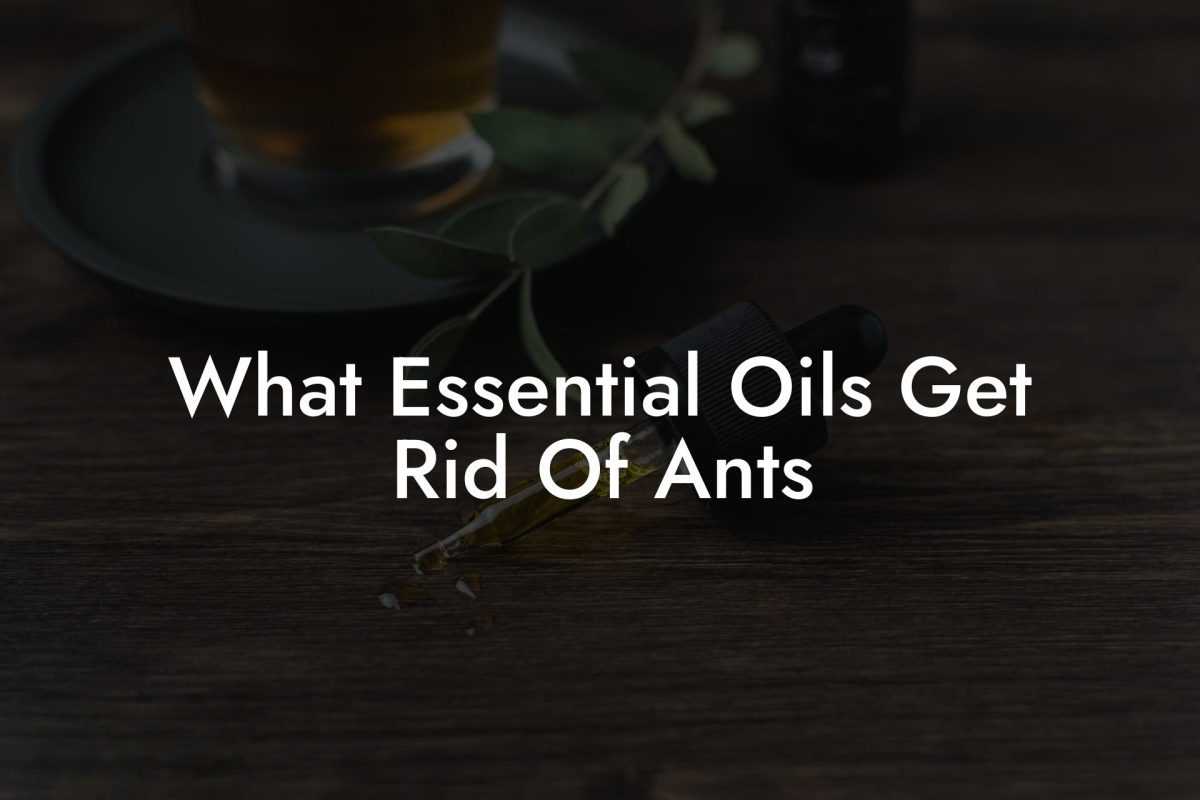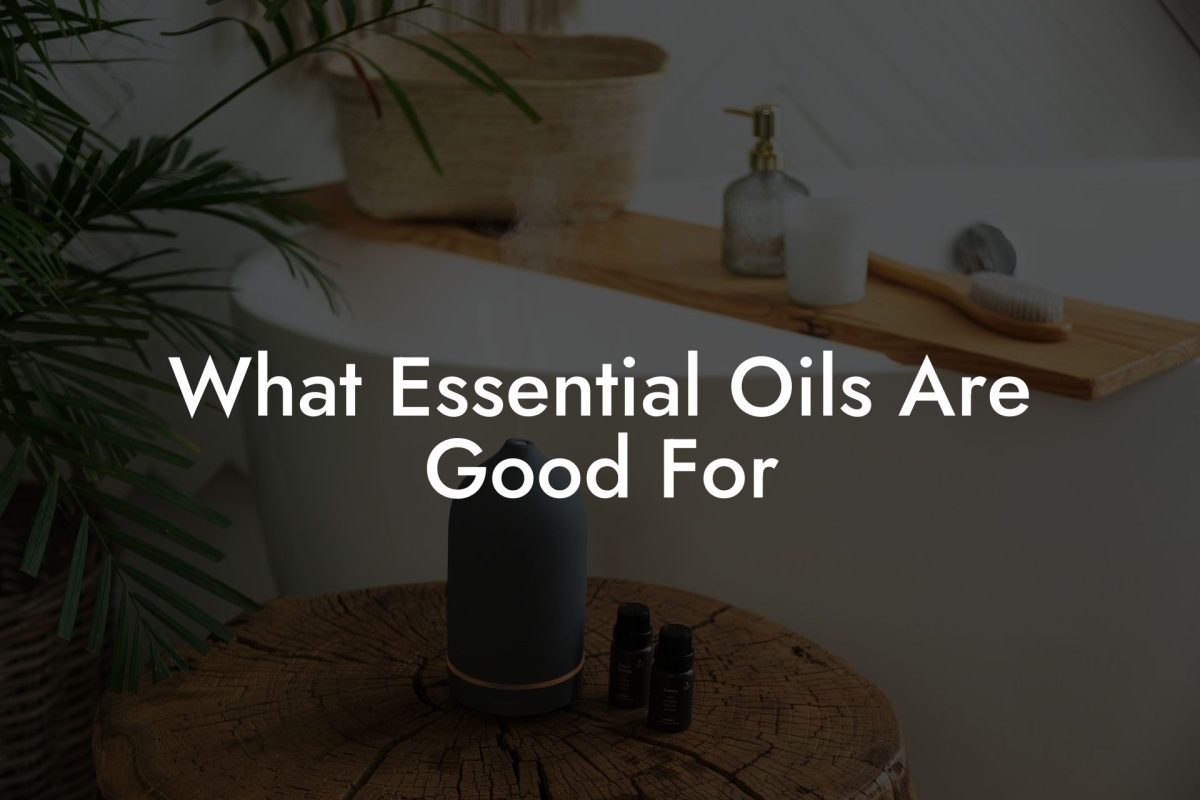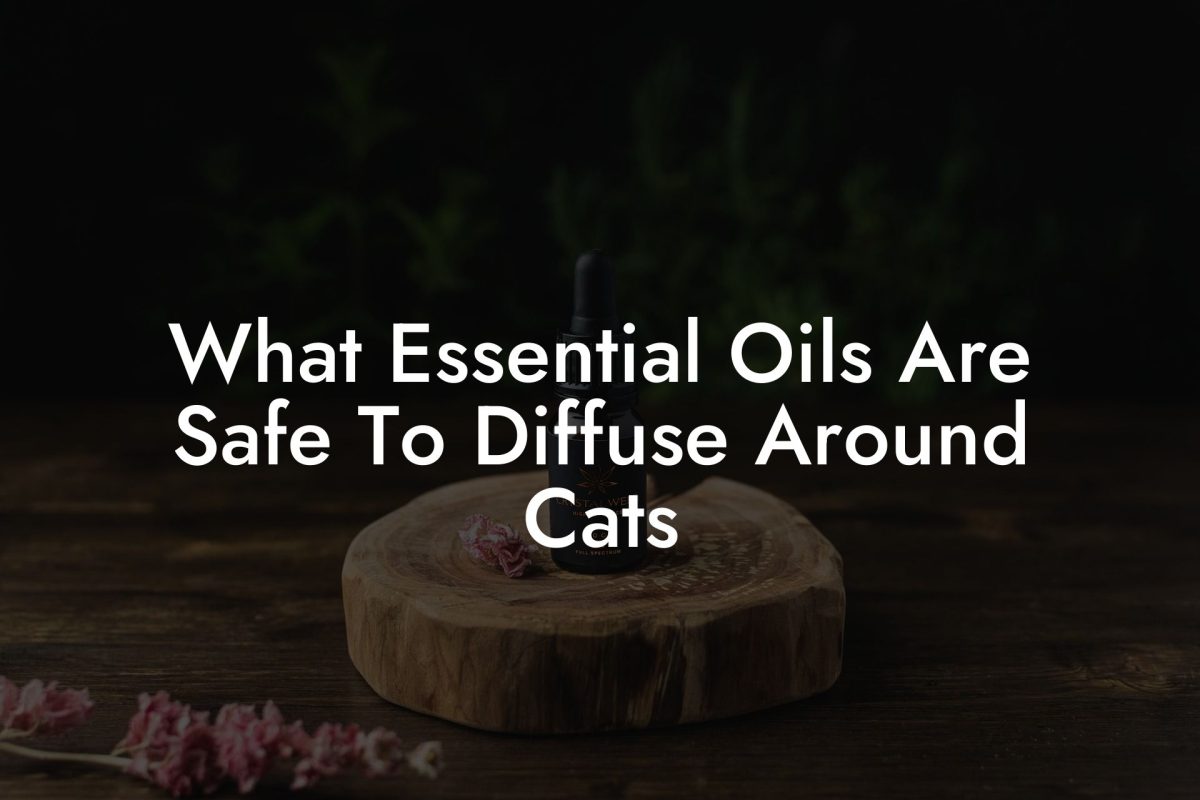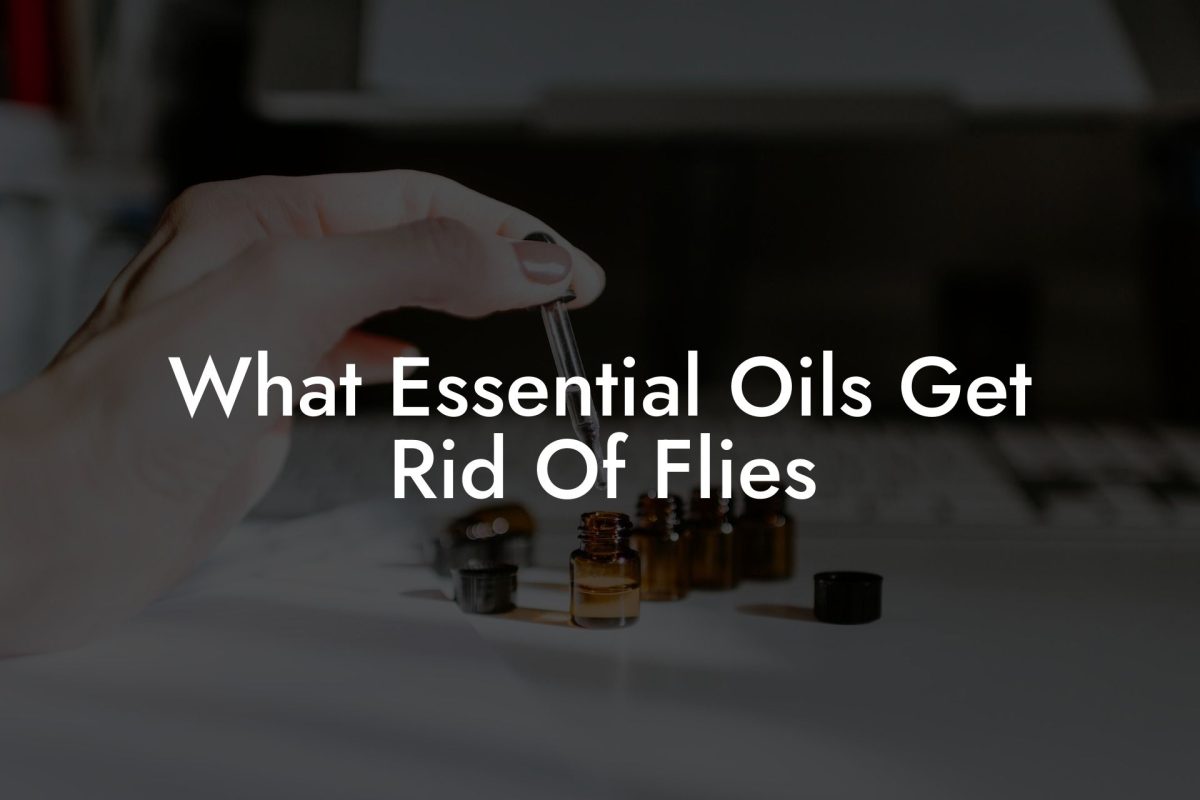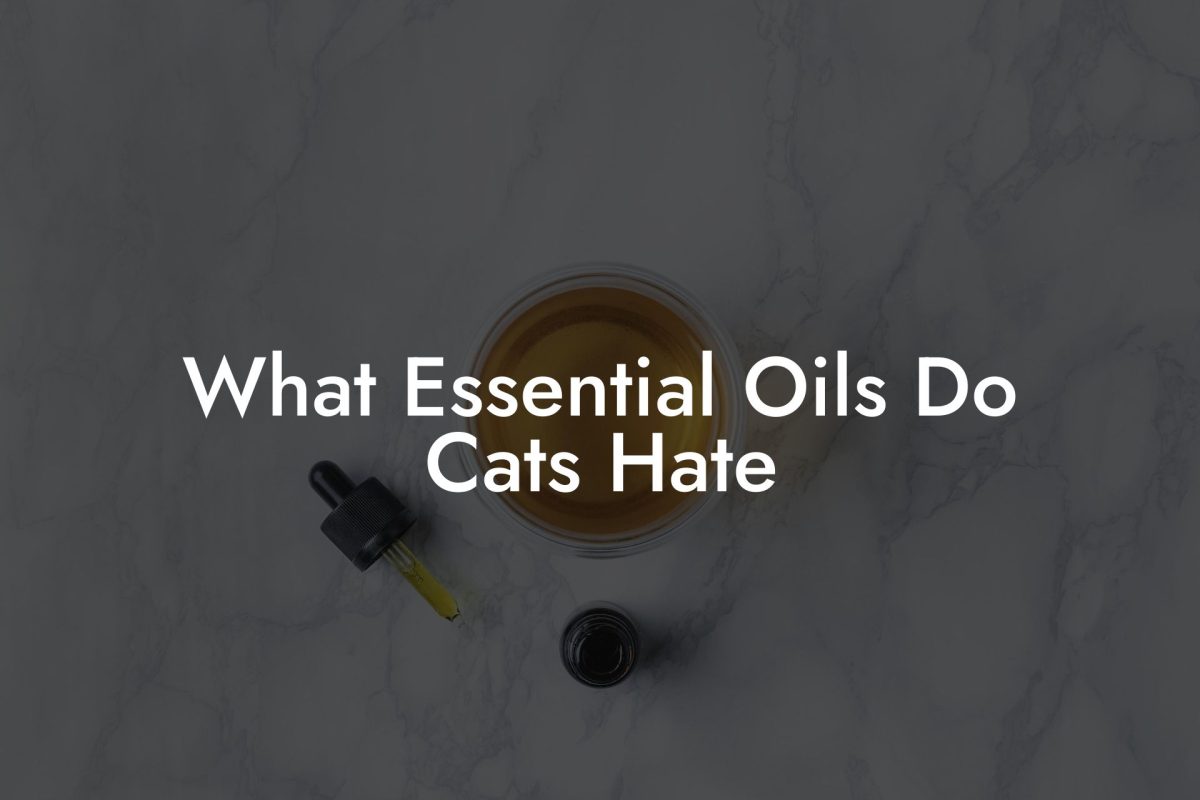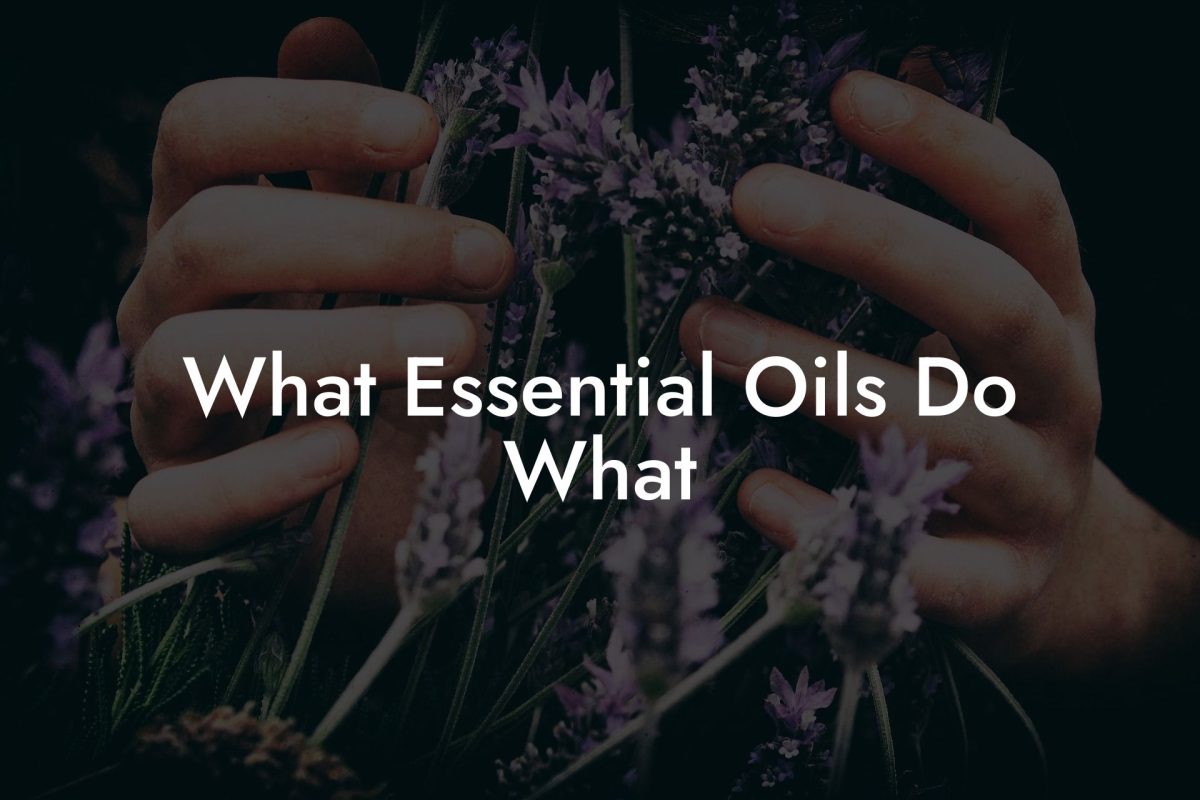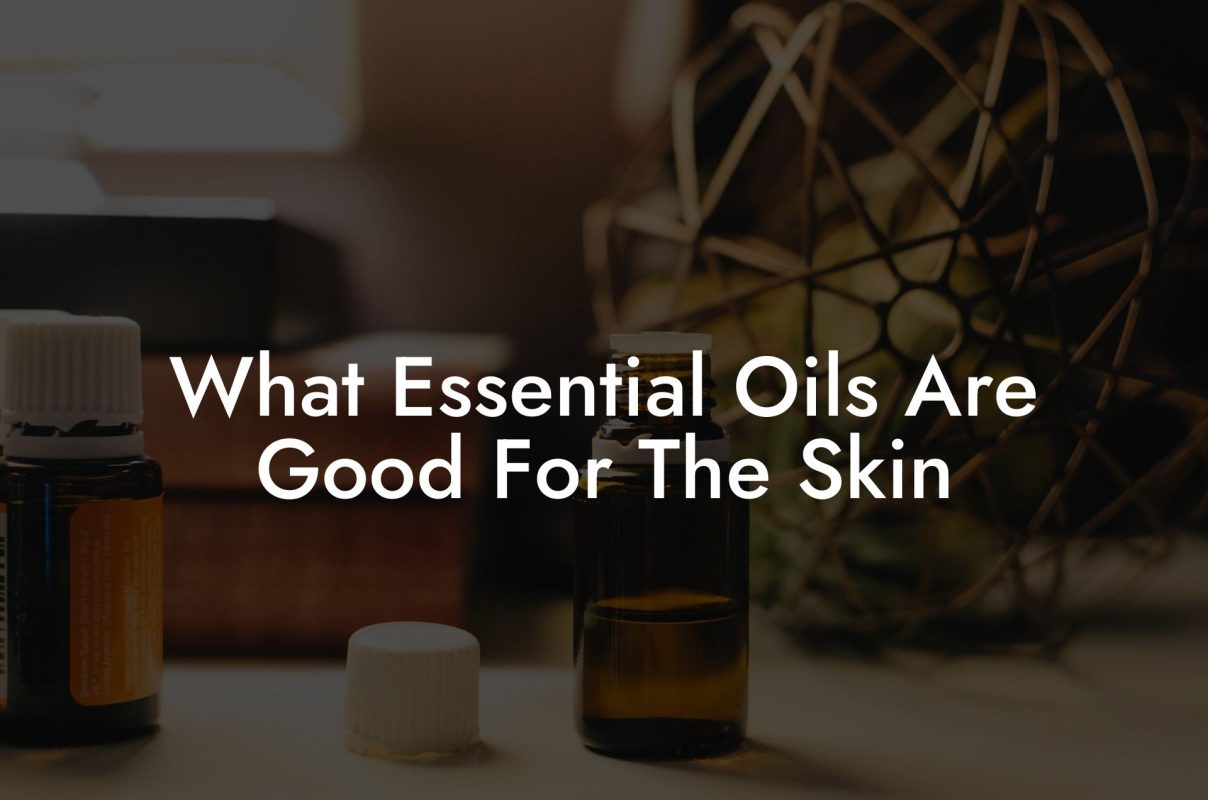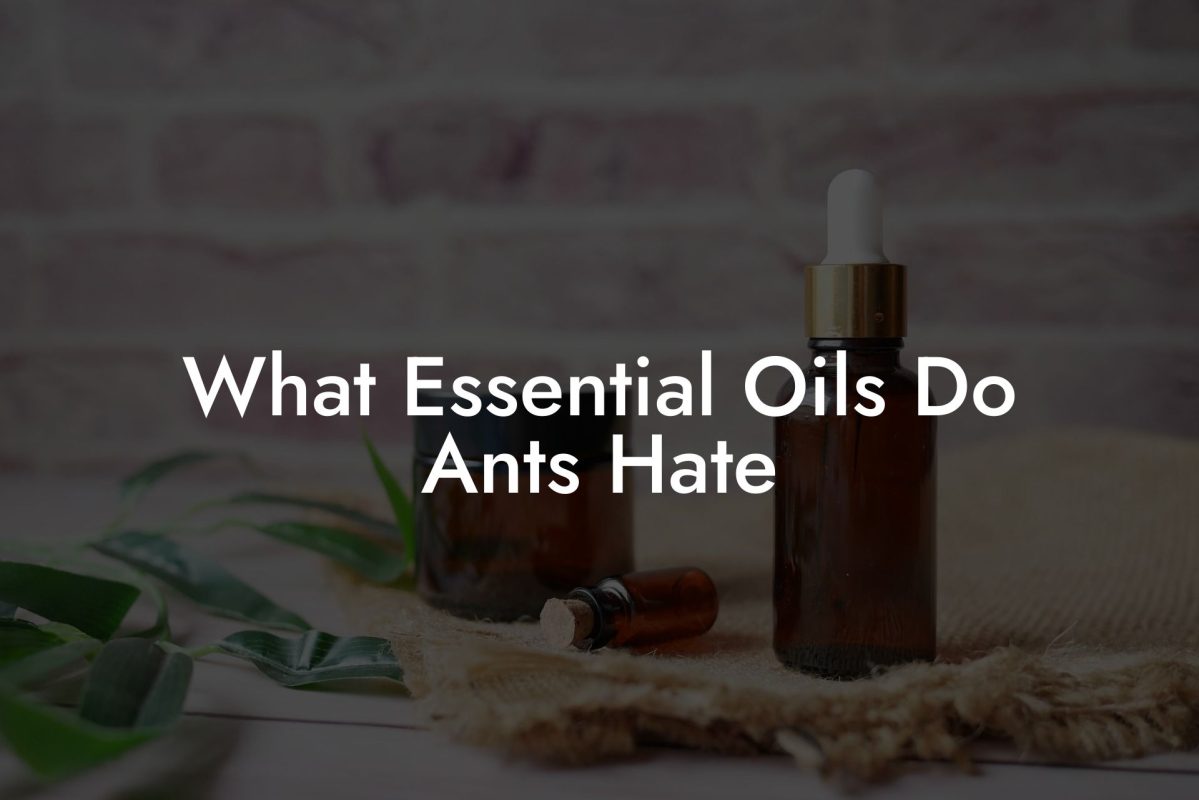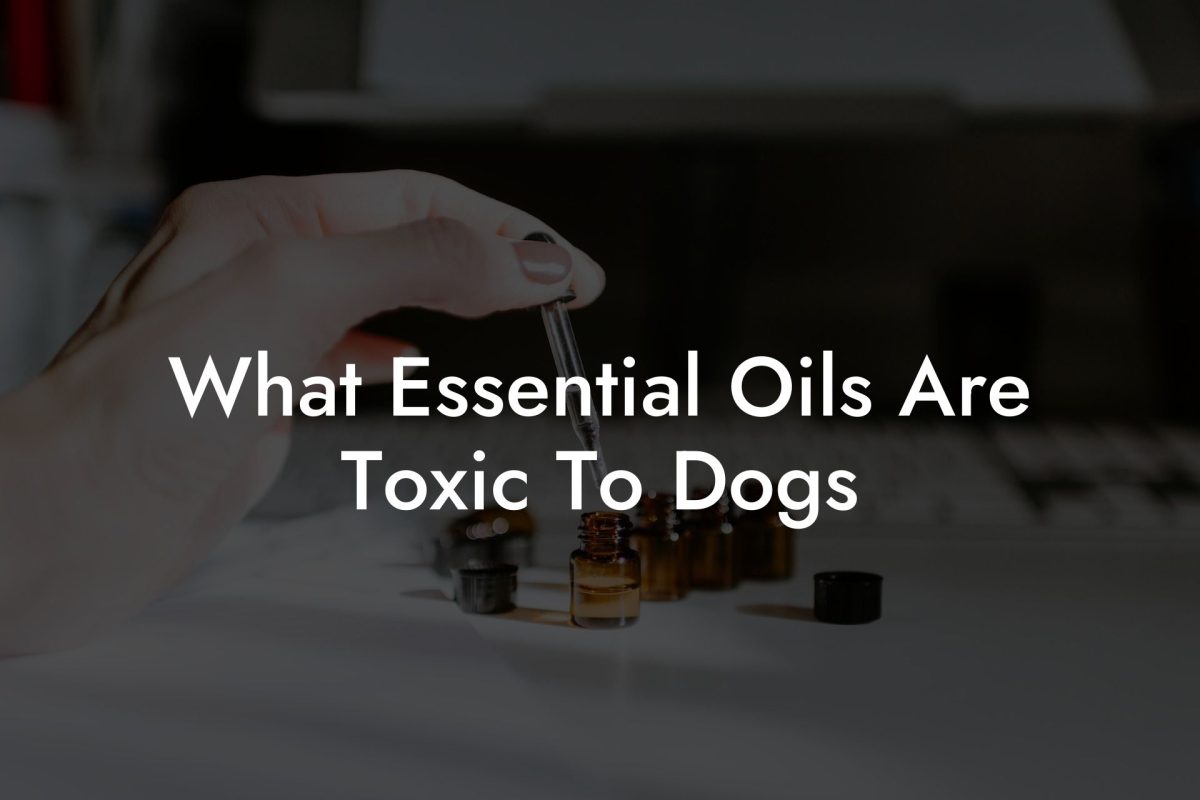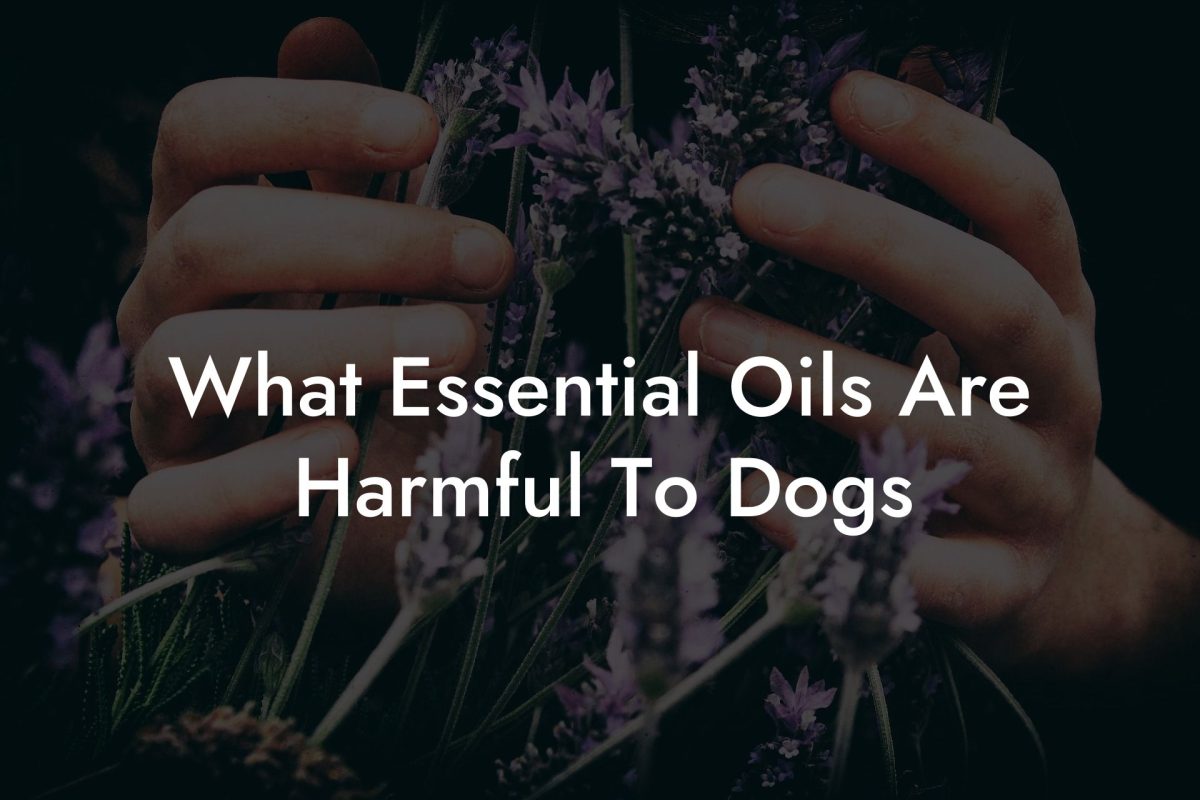Discover the alluring world of handmade perfumes using essential oils. Create your own unique and captivating scents using nature’s finest ingredients. In this article, we guide you through the fascinating journey of making your own perfume with essential oils and turning your concoctions into magical fragrances that leave lasting impressions.
Table of Contents
Understanding the Basics of Perfumery
Before diving into the world of handmade perfumes, it’s essential to understand the basic components that make up a well-rounded fragrance.
Top Notes
These are the first scents that you smell when you first apply the perfume. They are light, volatile, and evaporate quickly. Common top notes include citrus, fruity, and light floral scents.
Middle Notes
Also known as the “heart” of the fragrance, middle notes emerge after the top notes have faded. They are the scents that give your perfume its main character and last longer than the top notes. Examples of middle notes include herbal, floral, and spicy scents.
Base Notes
Base notes are the longest-lasting scents in your perfume, providing a foundation for the top and middle notes. They help to hold the perfume together, giving it depth and richness. Common base notes include woodsy, earthy, and musky scents.
Choosing Your Essential Oils
Select your essential oils according to your personal preferences, but also consider how the scents will blend together in your custom perfume. Aim for a balance of top, middle, and base notes to create a well-rounded fragrance.
Some popular essential oils for each note category are:
- Top notes: Bergamot, Lemon, Orange, Grapefruit, Eucalyptus, Mint, Lavender
- Middle notes: Rose, Jasmine, Geranium, Neroli, Ylang-Ylang, Clary sage, Cinnamon, Black pepper
- Base notes: Sandalwood, Cedarwood, Vetiver, Patchouli, Frankincense, Myrrh, Amber
Creating Your Perfume Blend
Once you have selected your essential oils, it’s time to blend them together. Start with a small amount of each oil, gradually adding more and adjusting the ratios until you achieve the desired scent.
Diluting Your Blend
Pure essential oils are very concentrated and should be diluted in a carrier oil to create a safe and wearable perfume. Common carrier oils include jojoba oil, sweet almond oil, grapeseed oil, and fractionated coconut oil. Start with a 5% dilution (1 part essential oil blend to 19 parts carrier oil) and adjust according to your preference.
Creating A Solid Perfume
If you prefer a solid perfume, you can create one by melting beeswax or a vegan alternative like candelilla wax, and then adding your diluted perfume blend. The ratio should be about 1 part wax to 3 parts perfume blend. Pour the mixture into small tins or jars and allow it to solidify before use.
Making Perfume With Essential Oils Example:
Imagine creating a soothing, floral perfume using lavender as the top note, rose as the middle note, and sandalwood as the base note. Combine 5 drops of lavender essential oil, 4 drops of rose essential oil, and 3 drops of sandalwood essential oil in a small vial or container. Gently mix the oils to create your blend. Next, dilute the blend by adding 1ml of your chosen carrier oil for every 20 drops of essential oil. Your custom floral perfume is now ready to be enjoyed!
Now that you’ve learned the enchanting art of making perfume with essential oils, why not share your newfound knowledge with friends and family? Encourage them to explore the world of aromacology and embrace the power of essential oils in their daily lives. Be sure to check out other guides on Oshu Oils for more information and inspiration, and explore the wide range of artisan essential earth oils by Oshu Oils to create even more captivating scents. Your journey into the magical realm of handmade perfumes has just begun.

